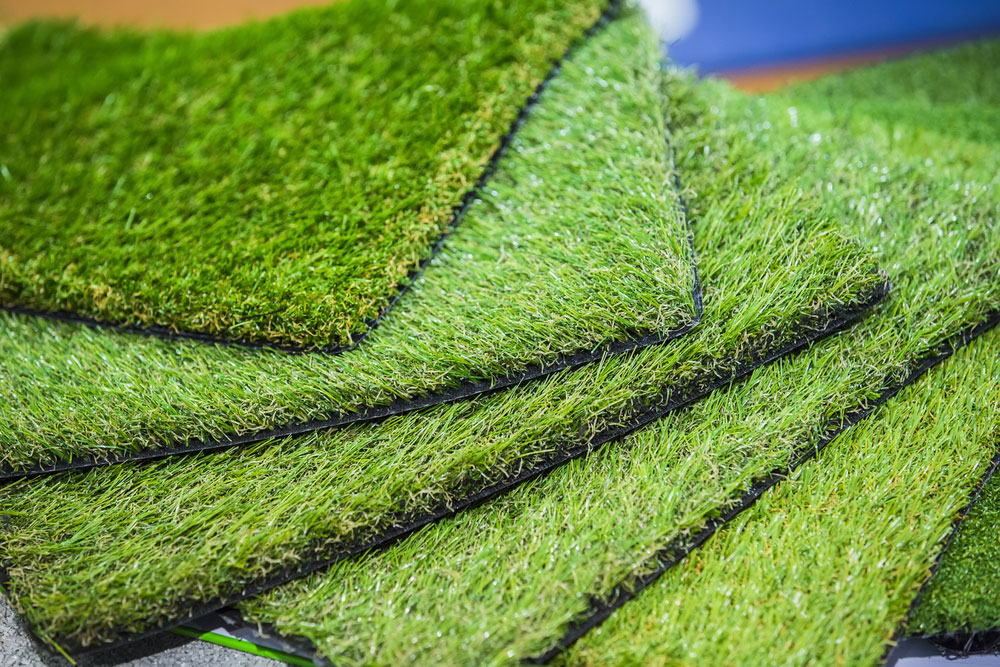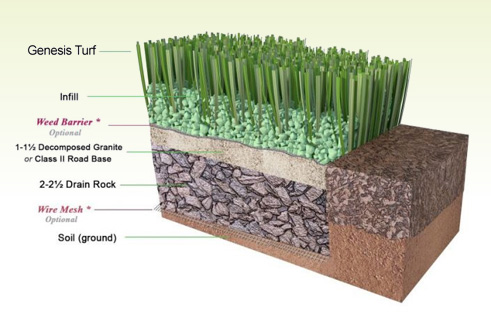Look Into the Environmental Benefits of Opting for Artificial Lawn Solutions
The adoption of synthetic lawn solutions provides an engaging possibility to attend to pushing ecological difficulties. By significantly minimizing water use and lessening the application of hazardous chemicals, these alternatives not only advertise lasting landscape design yet also shield regional ecological communities.
Water Conservation Advantages
One of the most considerable benefits of artificial turf is its capacity to conserve water. In comparison, fabricated grass does not require watering, significantly lowering the total need for water sources.
By getting rid of the requirement for regular watering, synthetic grass adds to sustainable landscape practices and assists minimize the environmental impact of extreme water intake. Additionally, the conservation of water reaches the reduction of overflow, which can cause soil disintegration and river pollution.
Furthermore, the installment of fabricated grass permits property owners and communities to allot water sources a lot more effectively, concentrating on crucial uses such as drinking water and farming. The change in the direction of man-made lawn not just advertises responsible water use yet likewise straightens with more comprehensive ecological objectives targeted at protecting all-natural sources.
As communities progressively focus on sustainability, the water conservation benefits of synthetic grass provide a compelling case for its adoption in commercial and residential landscape design jobs.
Reduced Chemical Usage
The shift to synthetic grass substantially reduces the reliance on chemical therapies typically utilized in all-natural grass maintenance. Conventional turf management typically includes the application of herbicides, fertilizers, and pesticides to advertise development and control insects. These chemicals can pose dangers to human health and wellness, neighborhood wild animals, and the environment, adding to dirt and water contamination.
In comparison, artificial lawn gets rid of the demand for these dangerous materials. By minimizing the release of synthetic substances into the environment, synthetic lawn advertises healthier soil and water systems.
Furthermore, the lack of chemical drainage related to synthetic grass setups assists secure local waterways from pollution, supporting marine life and preserving biodiversity. Turf installation phoenix az. As communities progressively prioritize lasting methods, choosing for artificial lawn presents a practical solution that lines up with environmental preservation objectives. With this shift, residential property owners can enjoy lavish green areas without jeopardizing eco-friendly health and wellness, leading the way for an extra sustainable future
Reduced Carbon Footprint

Moreover, the setup of artificial lawn can cause considerable water preservation. All-natural lawns require substantial quantities of water for watering, which not only includes to the carbon impact linked with water removal and treatment however also strains local water resources. On the other hand, synthetic grass needs marginal upkeep, click here for info calling for no watering, consequently considerably lowering water use and its linked power prices.
Furthermore, the longevity of synthetic grass adds to its reduced carbon effect. With a life-span of approximately 15 years or more, the demand for frequent replacements is lessened, leading to much less waste and reduced power usage in manufacturing and getting rid of conventional yard choices. In general, synthetic grass offers a lasting choice for environmentally mindful landscaping.
Habitat Conservation
Habitat preservation is an important consideration in the argument over landscape design choices, especially when contrasting man-made turf to natural grass. Natural turf yards commonly require comprehensive maintenance, consisting of the use of fertilizers, chemicals, and herbicides, which can negatively affect regional communities. These chemicals can seep into the dirt and rivers, hurting indigenous vegetation and animals and interfering with regional environments.
Man-made turf eliminates the requirement for unsafe chemicals, consequently safeguarding close-by wildlife and preserving the stability of surrounding environments. The installation of artificial turf can lead to the conversion of former turf areas right into even more biodiverse landscapes, such as pollinator gardens or native plant areas, which can sustain local wildlife.
Ultimately, the transition to synthetic grass not only saves water and minimizes maintenance efforts however likewise fosters a more unified partnership in between human tasks and the natural surroundings, advertising environment conservation while doing so.
Long-Term Sustainability
Long-term sustainability is a vital consider reviewing the benefits of synthetic turf over typical yard yards. One of the most substantial advantages of synthetic grass is its durability; it can last approximately 15-20 years with very this contact form little maintenance, whereas all-natural lawn requires constant reseeding and substitute. This longevity minimizes the requirement for constant sources, such as water, fertilizers, and pesticides, which are necessary for keeping a healthy and balanced turf lawn.
In addition, artificial lawn adds to a decrease in carbon emissions connected with grass care tools. Standard lawns usually require gas-powered lawn mowers, trimmers, and blowers, every one of which contribute to air contamination. Arizona turf. On the other hand, synthetic lawn eliminates the requirement for such devices, promoting a cleaner setting
Moreover, the manufacturing of synthetic grass significantly uses recycled products, enhancing its sustainability profile. As suppliers take on green practices, the environmental impact of artificial lawn remains to lessen.

Conclusion
The adoption of man-made turf services provides considerable environmental advantages, including significant water preservation, decreased dependence on harmful chemicals, and a lower carbon impact. Fabricated grass aids in protecting all-natural environments by lessening land disruption and promoting lasting sustainability via the use of resilient materials. Jointly, these view it aspects highlight the potential of synthetic grass to add favorably to environmental health and wellness and provide a viable choice to typical landscaping practices in an increasingly resource-conscious globe.
In contrast, man-made lawn does not require watering, significantly minimizing the overall need for water sources. By minimizing the release of artificial substances into the community, synthetic lawn advertises healthier dirt and water systems.
Additionally, the installation of fabricated lawn can result in considerable water conservation. In contrast, artificial lawn requires marginal upkeep, needing no watering, consequently dramatically minimizing water usage and its associated power costs.
